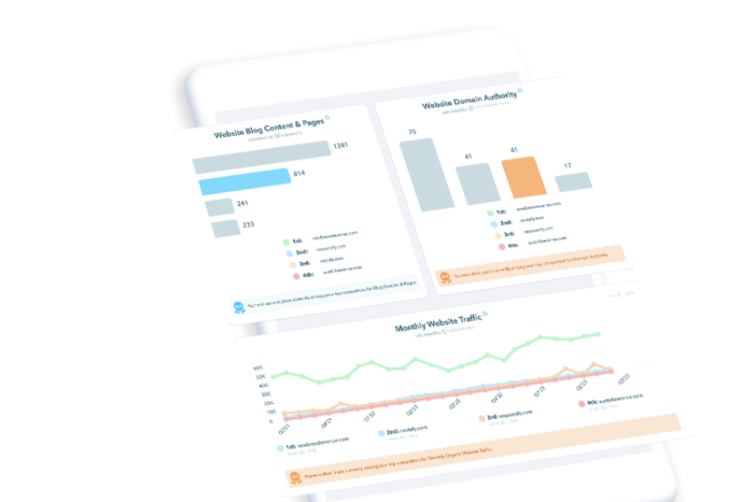 February 24, 2025
February 24, 2025 312 Views
312 Views  3 min read
3 min readIn the current digital-first business landscape, the role of an inbound marketing strategist is taking center stage. The shift from traditional outbound marketing, which is losing its effectiveness, to inbound marketing is evident, with 59% of marketers preferring it for higher-quality leads compared to 16% for outbound.
This transition drives companies to seek skilled strategists who can effectively attract, engage, and delight customers through valuable content and experiences.
Inbound marketing strategists guide potential customers through the buying process, from initial awareness to brand advocacy. They leverage digital channels, like content marketing, SEO, and social media, to attract and convert qualified leads.
Key responsibilities of an inbound marketing strategist include:
The role of an inbound marketing strategist has evolved to require a blend of creative and analytical skills and a deep understanding of technology and consumer psychology.
With the evolving role comes pain points and challenges . . .
Inbound marketing strategists face several key pain points in attracting, engaging, and converting leads effectively. Here are the most common challenges:
Perhaps the most relentless challenge is the constant demand for fresh, high-quality content. From blog posts and case studies to videos and more, strategists must maintain a steady stream of valuable assets while avoiding burnout and maintaining quality standards.
The MarTech landscape has exploded to over 8,000 solutions. Strategists must evaluate, select, integrate, and optimize various tools while ensuring they deliver real value rather than just adding complexity.
With multiple touchpoints across increasingly non-linear customer journeys, accurately attributing conversions and calculating ROI remains a persistent headache. Strategists must balance imperfect data with the need to demonstrate concrete results.
Proving the ROI of inbound marketing efforts can be challenging due to long sales cycles and multi-touchpoint journeys. Accurately attributing conversions to specific campaigns is an ongoing struggle.
The digital landscape constantly evolves, from Google’s core updates to social media platform shifts. To stay competitive, strategists must constantly adapt their SEO and content distribution strategies.
The alignment of marketing and sales teams is crucial for inbound marketing success. Yet, many strategists find it challenging to facilitate seamless collaboration, lead handoff, and shared objectives between the two departments.
Strategists often need to balance competing priorities due to budget, team size, and time limitations. It’s crucial for strategists to prioritize initiatives that will have the most significant impact while managing stakeholder expectations.
While building in-house capability is admirable, many organizations find that partnering with a specialized agency delivers superior results:
Agencies like Responsify bring together specialists in content, SEO, design, analytics, and technology – a breadth of expertise that would be prohibitively expensive to maintain internally.
An agency’s investments in premium tools, training, and processes are spread across multiple clients, making advanced capabilities more accessible and cost-effective.
Internal teams can develop blind spots or become entrenched in “how we’ve always done it.” External partners bring fresh perspectives and industry-wide best practices.
As needs fluctuate, agencies can scale resources up or down more efficiently than hiring or reducing in-house staff.
Leading agencies constantly test new approaches across diverse clients, bringing proven innovations rather than experimental tactics.
Responsify, in particular, has developed a systematic approach that addresses the common pain points faced by inbound marketing strategists. Our team model ensures continuity, specialized expertise, and accountability— often delivering results more quickly and cost-effectively than building equivalent capabilities internally.
As we look ahead, successful inbound marketing strategists—whether in-house or agency-based—will need to navigate several key shifts:
The growing importance of first-party data in a privacy-focused world
Increased personalization expectations from prospects and customers
The consistent need for content and differentiation
Whether developing these capabilities internally or partnering with an agency, organizations prioritizing strategic inbound marketing will continue to gain competitive advantage in an increasingly digital marketplace.
The most successful companies recognize that effective inbound marketing isn’t just about tactics—it requires a thoughtful strategist and team who can align digital initiatives with business objectives, navigate complex challenges, and continuously evolve as the landscape changes.
Learn more about our agency
Services to create strategic content and online experiences that get results.
Continue Learning: Find additional insights on our blog.
Results of our service that drive growth.
